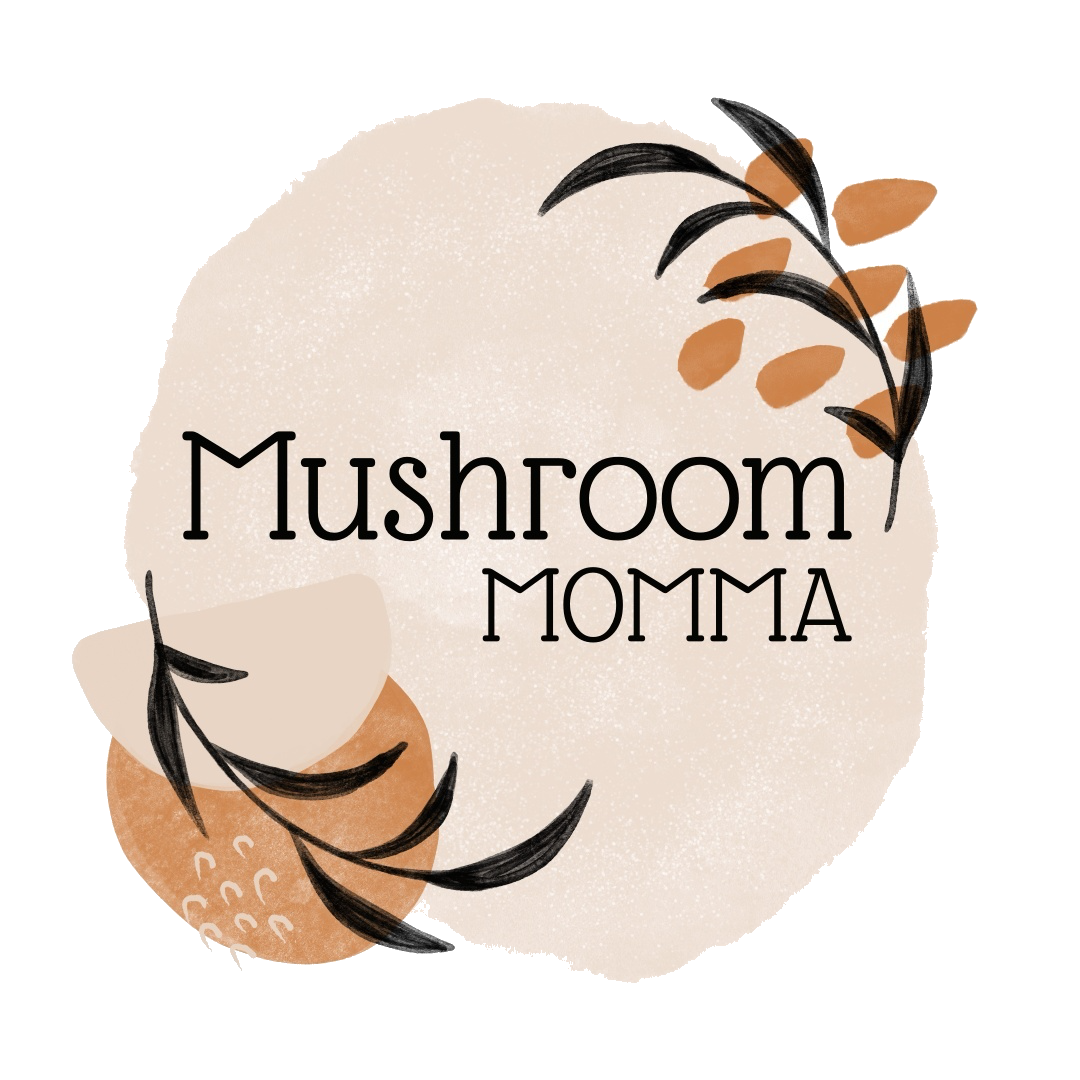Montessori Activities Month 1

This post may contain some affiliate links. For more information, visit my disclosure page.
“The greatness of the human personality begins at the hour of birth.”
Montessori is not just a form of education, but a lifestyle. Montessori can be implemented into your baby’s life as soon as they enter this world, and can continue throughout their life. Here is a quick guide on how to implement Montessori into your home in your infant’s first month of life.
First and foremost, set your baby’s nursery up the right way. One of the root systems of Montessori philosophy is the prepared environment. Before welcoming your baby, their environment should be set up and ready for them, and be inviting and calming. The home environment is important for the baby to feel protected and separate from the outside world. To learn how to set up your Montessori Nursery, click here.
Activities
Symbiotic Life- creating attachment and trust birth-8 weeks
The first 6-8 weeks of life, the prime focus is symbiosis. Symbiotic life, or life together, can lead to the child’s development of trust in the world. During this time, the caregivers and newborn are creating attachment and forming their new relationship through contact. The three forms of contact which helps to foster the symbiotic relationship are holding, handling, and feeding. Holding the child communicates the mothers acceptance, and gives the infant reassurance and allows them to adapt to the new environment. Handling includes the care of the child, such as dressing, washing, and changing the baby. This offers a positive emotional connection with mother and child, and gives the infant the opportunity to get to know himself, his body, and the world around him. Feeding helps to meet the needs of the newborn, which in turn allows him to gain trust in the world. During the symbiosis period of the first 6-8 weeks of life, the focus and care for the child allows for intimacy between the child and mother to blossom.
Topponcino- from birth
One of the many uses of the Topponcino, helps older children hold the newborn with ease and security.
My favorite activity by far has been utilizing the Topponcino. The Topponcino is a small flat pillow and is the first form of security and consistency for the newborn. I don’t go anywhere without it, and I can instantly see the difference between laying Dahlia down with and without the Topponcino. She physically shows that she is more settled and more secure on it. It is used at her movement area, in her crib, lounging around the home, and traveling elsewhere. It provides the comfort and smells from home, and gives her a consistent base wherever she is, which provides her sense of order. My favorite Topponcino is from the Topponcino Co.
Music- from birth
Singing and music has been a favorite activity together! I use a small music box or play music often, providing calm yet stimulating her audio senses.
Munari Mobile- 2-6 weeks
I introduced the Munari Mobile at about 2 weeks. The Munari Mobile hangs from a cord attached to the ceiling, hung about 10-12 inches away from the baby’s face. Visually, newborns can only see about 12 inches away on only high contrasting colors. The black and white colors of the Munari Mobile provide high contrast, and helps develop focus and concentration.
Munari Mobile in action.
Enjoying mirror time.
Mirror- 2 weeks
One of Dahlia’s favorite activities! A low mirror on the wall next to her movement space. She is often observed staring deeply at the mirror, and often watching us and her mobile through it. You can use a full length mirror attached on its side, or find a thrifted mirror, like I did!
Black and White Cards- 3-4 weeks
The black and white cards provide an extension to the high contrast colors the Munari mobile also provides. They also provide interactions with others as we hold the cards up for her and provide her the nomenclature of the pictures, giving her rich language. I DIYed my card set by printing the pictures from my computer and laminated them. I used a template from here.
This list is based off of both AMS (American Montessori Society) and AMI (Association Montessori Internationale) studies and manuals. I am trained and hold an infant/toddler montessori credential in AMS.
Shopping list:
Other Reading: Understanding the Human Being by Silvana Montanaro










